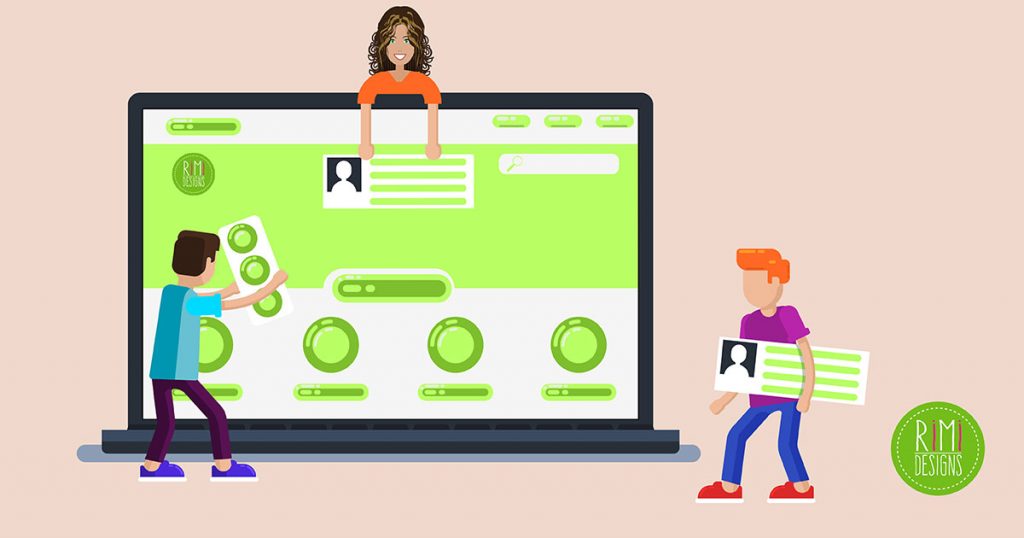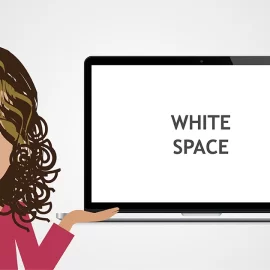
The Beginner’s Guide to Making a Website
Creating a website for your small business is a process that takes some planning and organisation.
Here is a step-by-step guide for making your own website, from plan to implementation.
Get your agenda and priorities in order
Before anything else, get your target and goals set. Ask yourself all the important questions, even if they seem obvious. You’ll find that asking questions like “what is my website meant to achieve?” helps to clarify matters and build a plan. The answers will accompany you as you make the finer selections for your site and help you focus as you move along.
What are the goals for my website?
Don’t just state the obvious “to get more business”. Go one layer deeper and be specific. Goals vary from site to site. What is the main thing you want to see happen when visitors come to your home page? Do you want them to fill out a contact form? Call you right away? Order a product?
Make sure you distinguish between means and goals. For example, you definitely want more people to see your website, but this is not a goal in itself, it’s a means to have people contact you.
After you have detailed all the main things you want to achieve, prioritise. Having people call to order your services is probably more important than having them like your Facebook page. Setting this order is important since it will make a difference in the way you organise your homepage and how you order the elements on your website.
If the main goal is to have people click to like your Facebook page, you probably want to make sure the Facebook button stands out on the page.
Who is my target audience?
Now that you’ve gotten your priorities straight, you’re ready to ask the next question: Who is my target audience? Think about your existing customers and your potential customers. How old are they? What are they like? What impresses them? How do they get to your website? What do they look for when they come?
Try to think on the level of an individual client. It may feel strange at first, but getting into the mind of an individual website visitor can really help to understand what their needs are and will make a difference as you create your business website.
Plan your website pages
Now we’re getting to the fun part – planning the website content. What kind of pages do you want to have on your website? Will your homepage be mostly textual or do you want to dazzle visitors with beautiful visuals?
Typically, the basic pages of every website are the Home page, About page, Contact page. If you have a music site, you could showcase your music on a designated page. If you sell baked goods and you’d like to display images of your delicious cupcakes, you can create an additional page as a picture gallery.
Get your website set up
The more organised your material is, the faster the process of getting your website set up will be. Here are a few tips on how to keep things in order.
Write your website’s text first
Since you know the pages you plan to have, you are ready to start working on the content of your website. Write the text for each page separately. Make sure the length of it makes sense in terms of the size of space you have on each page. Also, creating your website with SEO in mind will help your website’s ranking on search engines.
Crop all the images
Gather all the images you’d like to show and crop them to the right size. If your website displays images on a slider, check what size the images need to be and crop them accordingly. Working on all your images in one session will save you lots of time later.
Work page by page
Select a page, place the text, images and other elements you want there and don’t move on to the next page until you are completely done.
SOURCE: Wix
Need a professional looking website?



